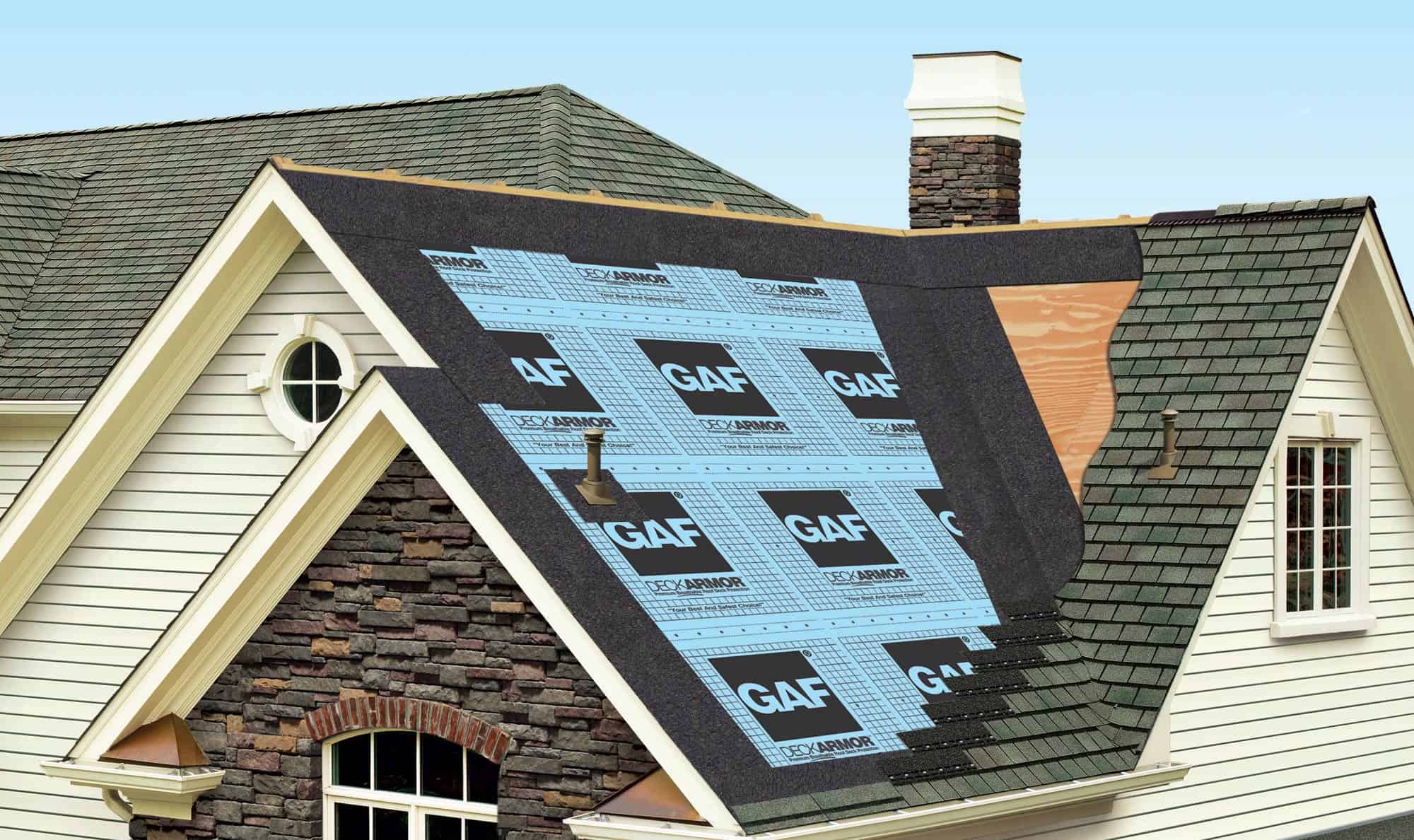Expert Tips for Maintaining Your Roof and Preparing it for Winter
7 Expert Tips for Maintaining Your Roof and Preparing it for Winter As the winter season draws near, it is imperative to prioritize the upkeep and preparation of your roof to withstand the unforgiving weather conditions. Failing to maintain your roof can result in costly repairs or even structural harm. In this article, we will explore seven expert methods to effectively maintain your roof and ensure it is winter-ready. The Importance of Roof Maintenance Discuss the impact of neglecting roof maintenance Neglecting roof maintenance can have detrimental effects on the structural integrity of your home, particularly during the harsh winter months when roofs are more susceptible to damage. By regularly maintaining your roof, you can significantly prolong its lifespan and avoid costly repairs that may arise unexpectedly. Taking the time to inspect and address any issues promptly can help prevent further damage and ensure the safety and stability of your home. Highlight the benefits of regular upkeep Regular upkeep of your roof offers numerous benefits that go beyond just structural integrity. It also enhances the overall appearance of your home, boosting its curb appeal and making it more visually
read more →
What Do You Put on Roof Before Shingles?
What Do You Put on Roof Before Shingles?
Are you about to embark on a roofing project and wondering what you need to put on your roof before shingles? Look no further! In this article, we'll guide you through the essential steps. You'll learn about the required roofing underlayment, how to install a vapor barrier, and where to place ice and water shield. We'll also cover the importance of drip edge installation and the preparation needed for flashing and ventilation. Get ready to tackle your roofing project with confidence!
Required Roofing Underlayment
The underlayment is an essential component that must be installed on the roof before adding shingles . It acts as a protective layer, providing an extra barrier against water infiltration. Without it, your roof is vulnerable to leaks and other moisture-related issues. The underlayment also helps to prevent the growth of mold and mildew, which can cause structural damage and health problems. It is typically made of asphalt-saturated felt or synthetic materials like rubber or polyethylene. The underlayment is laid directly on top of the roof deck, creating a waterproof barrier that helps to keep your home dry!
read more →